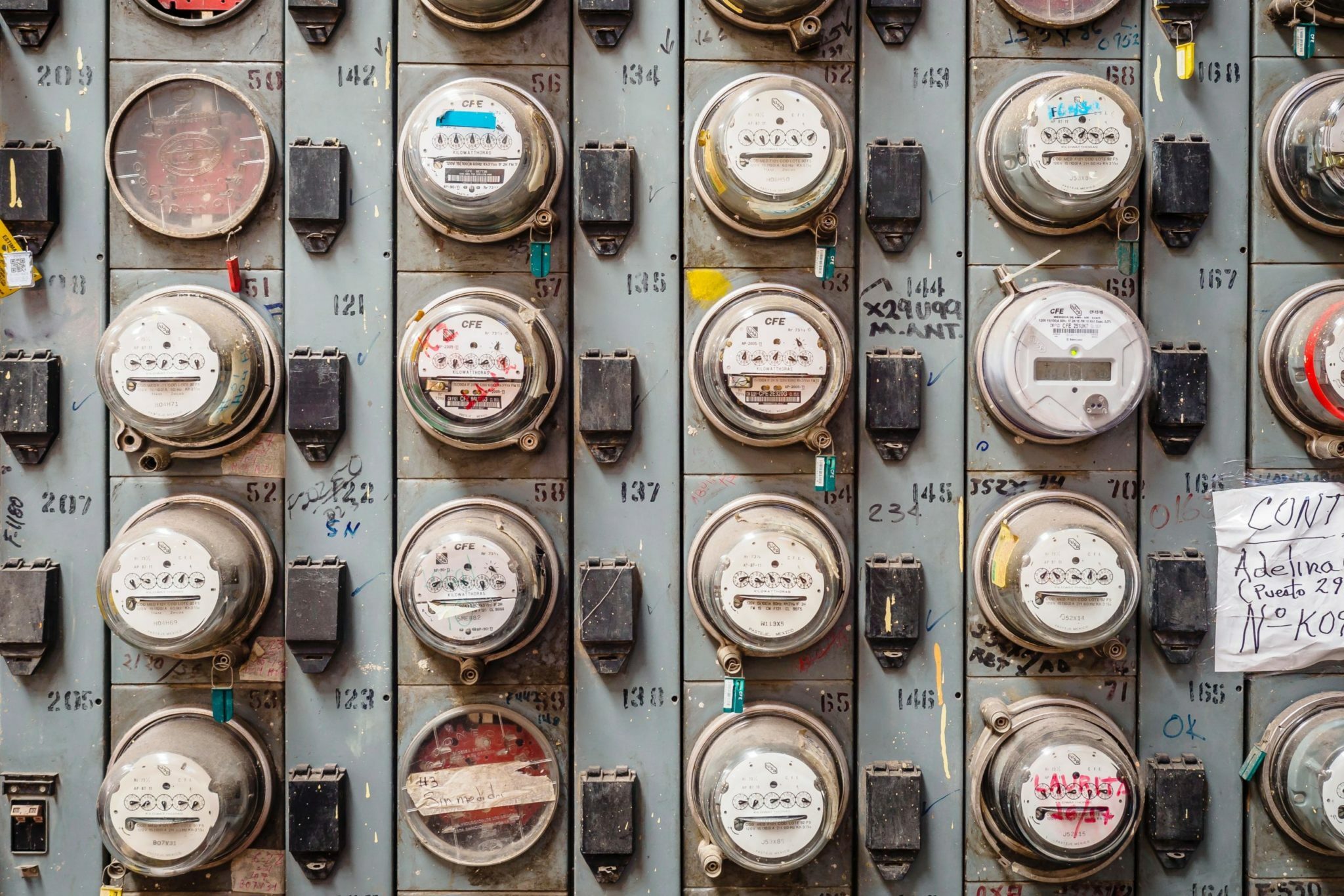If your electric bill tends to bounce back and forth each month, you’re not alone. In fact, there are plenty of reasons why you might not see the same number on your account statement. Often, this will depend on your general energy usage, which is harder to keep consistent.
Take a look around your house. How many appliances do you have plugged in? Do you leave your gaming consoles in rest mode, or do you shut them off completely? Are you good about turning off lights when you’re not using a room? Depending on your answers to any of these questions, you may already have a culprit for your bill fluctuation. To learn more, here’s what you need to know.
Monthly energy usage tends to vary.

Unless you set up a fixed plan when you compare electricity, your monthly usage will inevitably differ over time. This can happen seasonally due to weather patterns or even when you buy new fixtures and appliances. Different products pull different amounts of electricity as well. When you’re shopping, it’s easy to get a general idea of your annual expenses thanks to efficiency stickers on many products. To get a look at how that could impact your monthly payment, divide it by the number of months in a year. Larger appliances and systems like your HVAC, televisions, or game consoles can drive up monthly expenses, as well.
Due to quarantine and stay-at-home orders, many individuals saw spikes in their electric bills. With more and more people working from home, power consumption increased. Also, when you’re at home, you probably want to control your house’s climate a little more precisely. By keeping your home at a comfortable temperature, you may be inadvertently raising your monthly prices. If you’re looking to cut down on costs, make sure you turn off your lights when they’re not in use, unplug high-energy appliances when you’re able, and keep track of the numbers on your climate controls.
Some homes can’t handle weather changes.

Each winter, the time comes to prepare your house for cold weather. However, if you live in an older residence, this may be a difficult task. Some historic buildings and houses have cracks in their foundations, poor insulation, and little-to-no weatherproofing. This can let in much more cold air, which makes your heating system work overtime to compensate. Of course, if you use gas heating, this won’t directly impact your electric bill, but it will raise overall monthly costs. The same applies in the summer. Without blinds to block direct sunlight and poor weatherproofing, it’s harder to keep the heat at bay. This taxes your air conditioning units and means your system will cycle more frequently to keep up with the weather.
The easiest way to fix this is to go through your house and search for drafts, hot and cold spots, or cracks in your walls. Sometimes, these can be patched fairly quickly. If you know your way around some drywall and have the right color of paint on hand, it’ll take an afternoon or two to make some patches. Unfortunately, there’s also the possibility that your problems are a little more severe. In more extreme cases, you probably need to hire a professional to repair your home. While the upfront costs are higher, the monthly energy savings are almost always worth it.
These are two of the primary culprits if your energy bill tends to fluctuate pretty regularly. If you want a fixed bill, you can discuss a level energy plan with your electricity company. Otherwise, you need to follow a few key steps to limit your energy usage and keep your bill relatively steady.





